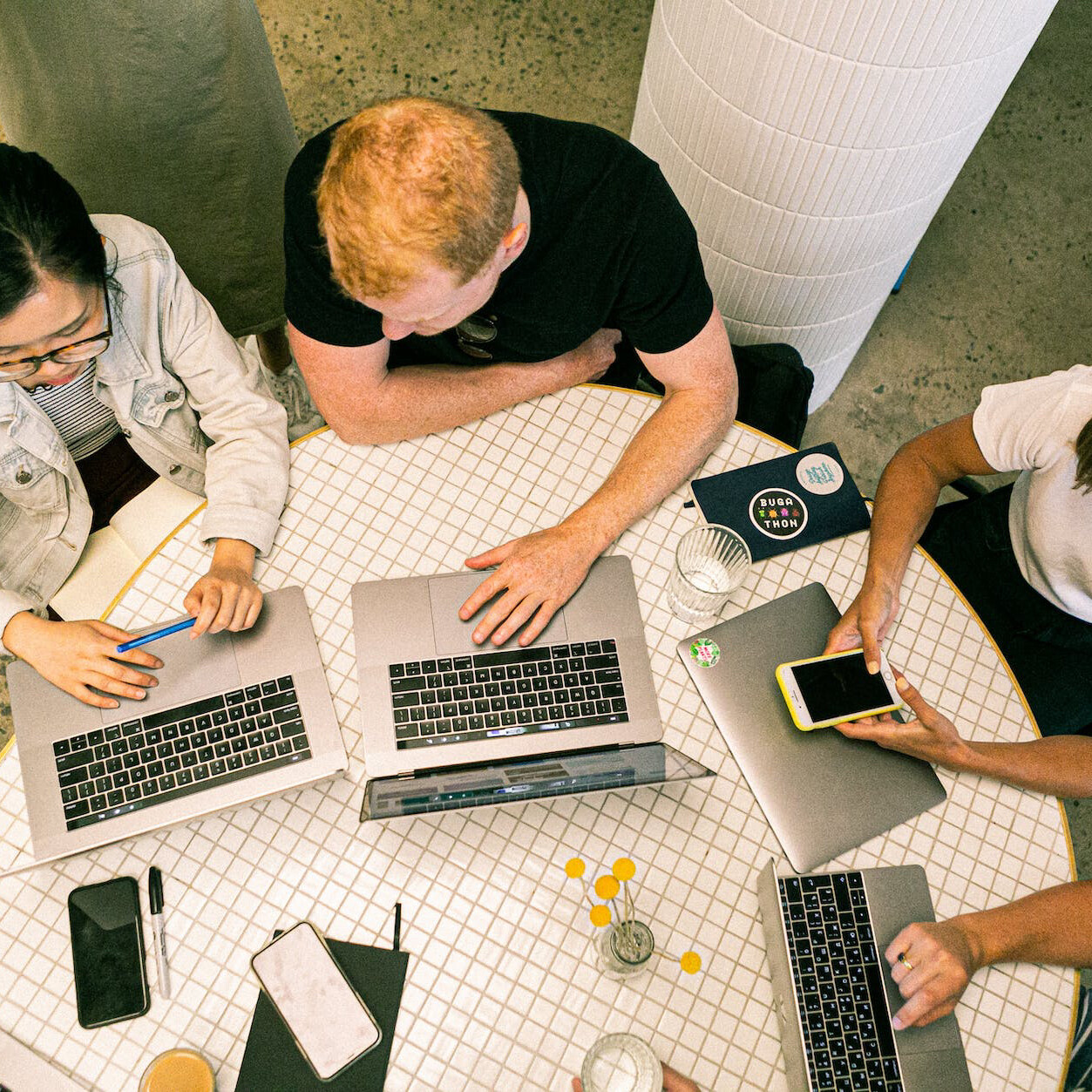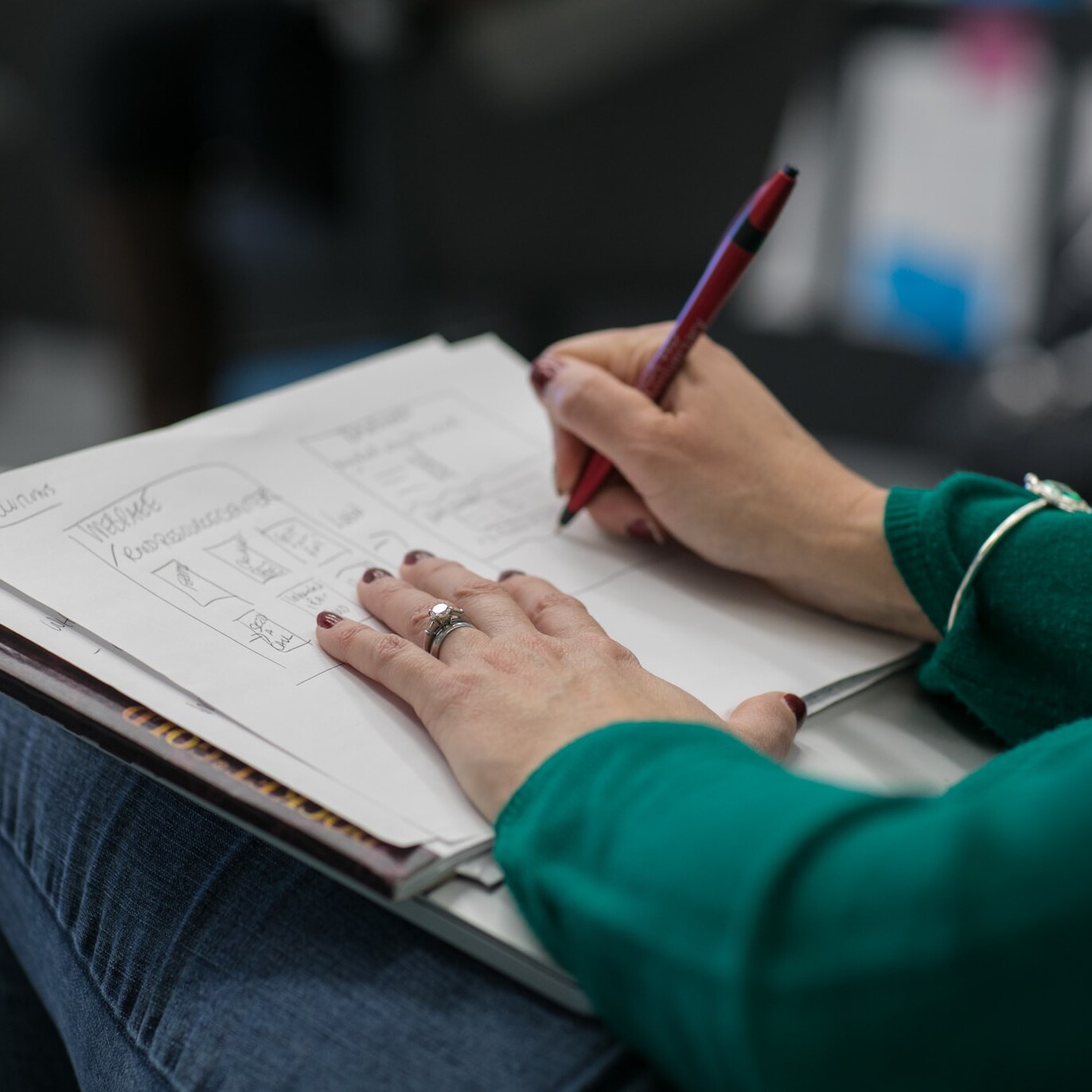Maintaining a Fluid Creative Process Throughout the Life Cycle of A Project
Throughout the creative process of a project, there are many peaks and valleys to manage. The process entails much more than just having the right project management software and following a tried and true pathway. As creatives, we must constantly strive to innovate – even if it simply involves the generation of new ideas for the optimal flow of a project.
For many, particularly in smaller creative groups, formal project management is something to steer away from due to fear of constraints and diminishing the creative process. And yet usually, no alternate processes are put in place to keep the flow of a project moving to result in stalled jobs, team discord and client dissatisfaction. Even if a ‘traditional’ approach to project lifecycle management isn’t implemented, a set of loose guidelines to reach the desired end result can be put in place, even heightening the positive impact for the agency or creative group.
Set The Tone for the Creative Process
Through collaborative kick-off meetings with both the client and internal teams, critical information is gleaned and should be turned into a creative brief. Many creatives bypass the use of a creative brief due to the fact that it can be a difficult task to accomplish. Paring gathered information down to simple and straightforward points can be daunting – simplicity is not easily accomplished. A few tried and tested guidelines and ‘who, what, where, when’s can help to structure information and get everyone on the ‘same page. These implementations can be scaled for agency or integrated internal team use to improve workflow as a part of a project management process. A creative brief can be a set of questions posed to a client or the union of information gathered by the agency presented to a client.
Identify Strength
Understanding the project’s needs is key for the creative process, so putting the right creatives in place to correctly implement the job is critical. The right placement of people can make or break a project. Not everyone is great with clients, so put the client-facing people at the front lines. If you have a great designer that isn’t as great with clients – make sure they are included in kick-offs and creative briefs, so they have a clear view of the job to get the design dialed in. Ensuring that the team is communicating is critical to making resource management work.
Remain Deliverables Driven
An iterative approach to the creative process can be an ideal route for many projects – but few projects have the budget to support extended versioning. The team goal or end result must always be in view. Identifying the desired end result and working back to determine the necessary course of action and milestones before the project really gets moving can actually free up space for greater creativity. With a set of project boundaries, creatives can experience heightened flexibility.
Take Note
As a project wraps up, jumping to the next client or agency deliverable is easy. It’s important to take a step back and, as with a project kick off, conduct a project hindsight. This will allow a team to take a moment and revel in a project done right and/or identify the pitfalls that emerged. Ensure the assets are provided to update a digital or print portfolio so identity can be kept up to date.
All of these steps point to a team’s greater understanding of the project and client goals. By implementing these strategies, opportunities for greater creation and creativity can flourish.



